The Armant dog breed, a captivating and lesser-known gem of the canine world, traces its origins to the rich tapestry of ancient Egyptian history. Often …

Happy Paws: All About Dogs

The Armant dog breed, a captivating and lesser-known gem of the canine world, traces its origins to the rich tapestry of ancient Egyptian history. Often …
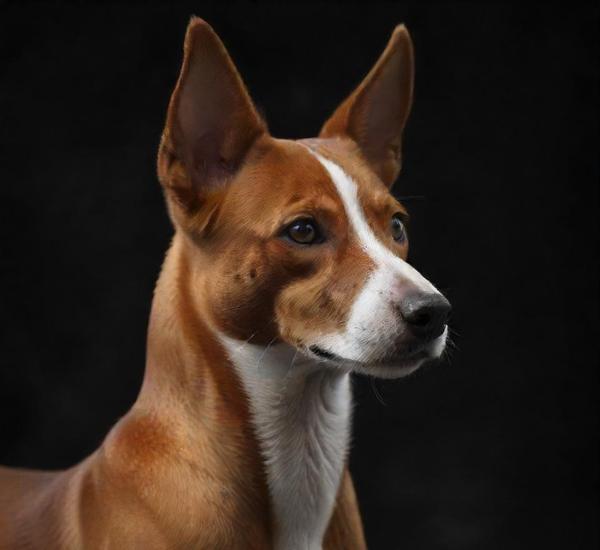
The Basenji, often referred to as the barkless dog, is a distinctive and captivating breed that stands out in the canine world for its unique …
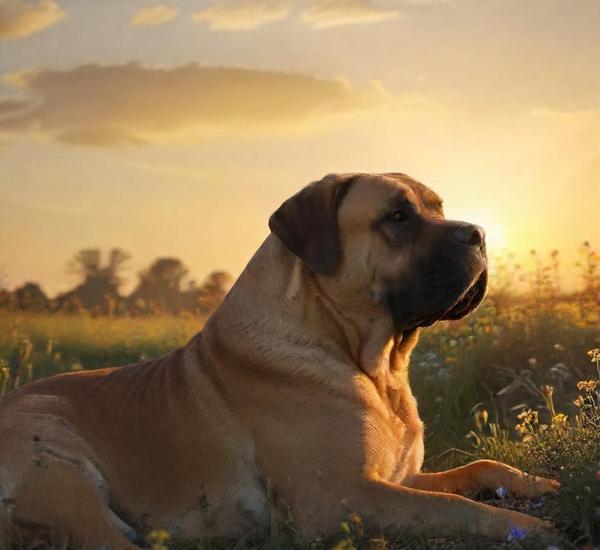
The Boerboel, a majestic and formidable breed, hails from South Africa where it was originally developed to protect homesteads and livestock from predators. Known for …
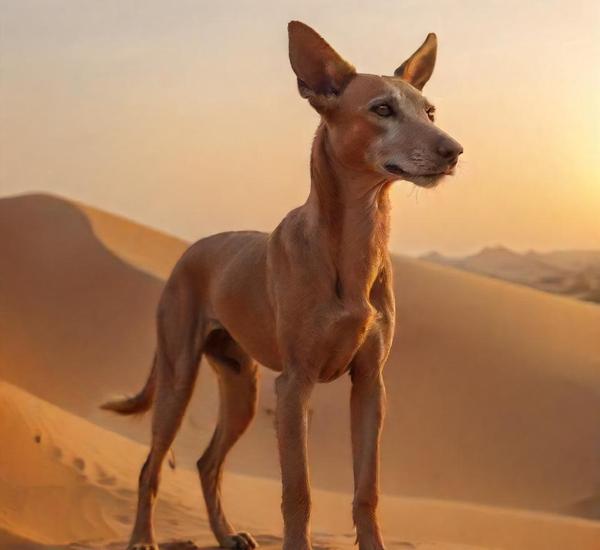
The Azawakh, a captivating and elegant breed of sighthound, hails from the Sahel region of Africa, encompassing countries like Mali, Niger, and Burkina Faso. Known …

The Rhodesian Ridgeback, often hailed as the African Lion Hound, is a captivating breed with a rich history and a distinctive appearance. Originating from Southern …
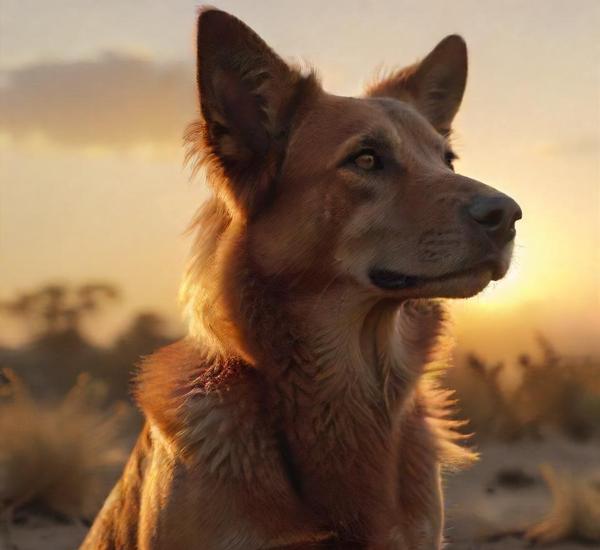
The Africanis dog breed, often celebrated for its remarkable adaptability and deep historical roots, stands as a testament to the rich canine heritage of Africa. …
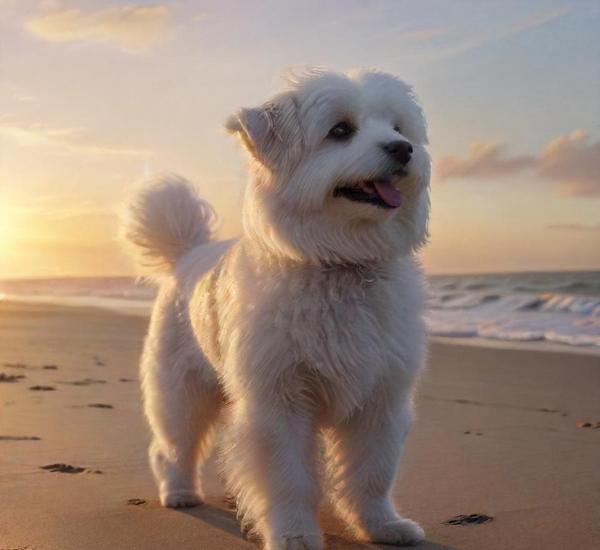
The Coton de Tulear, often referred to as the Cotton Dog due to its luxurious, fluffy coat, is a small breed with a big personality. …
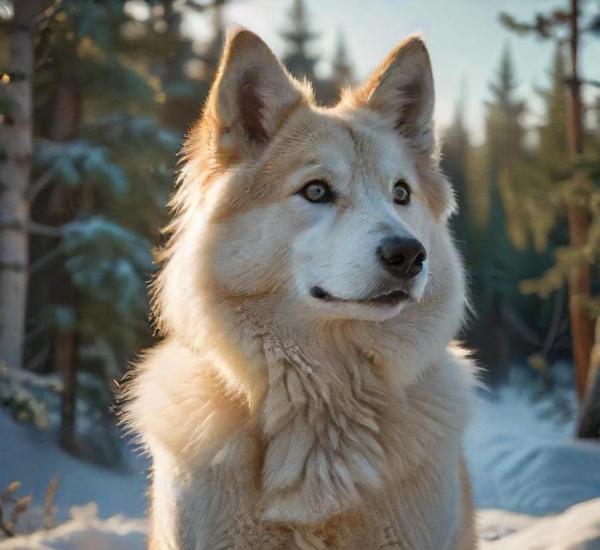
The Yakutian Laika, a remarkable breed from the frozen expanses of Siberia, is a testament to the resilience and adaptability of canine evolution. Originating from …
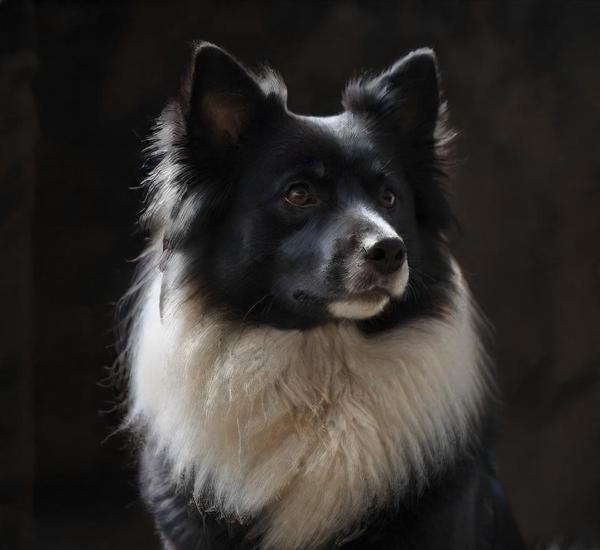
The Donggyeongi, a charming and rare breed originating from South Korea, is a testament to the rich tapestry of global canine heritage. Known for its …
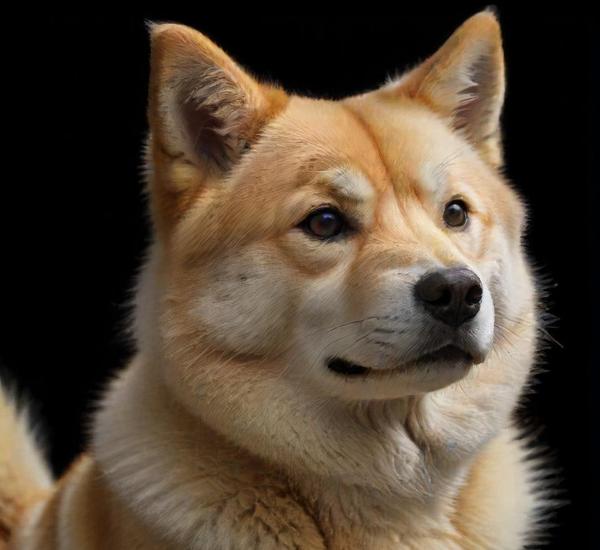
The Jindo dog breed, hailing from the rugged landscapes of South Korea, is a testament to nature’s marvel in canine evolution. Renowned for their striking …